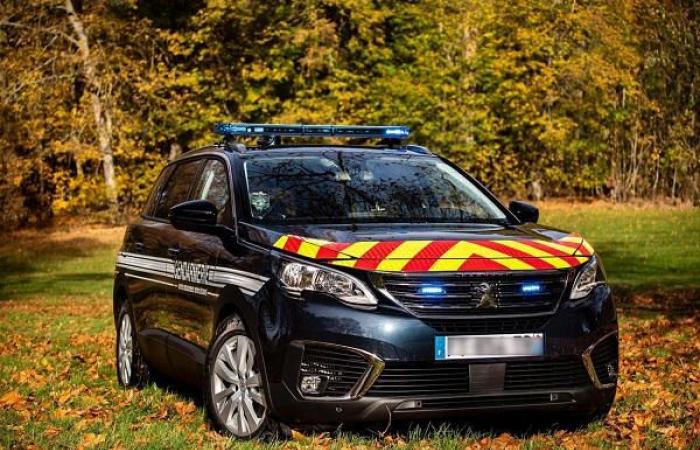Established at the end of the Grenelle de l'environnement in October 2007, the ecological penalty is a tax levied on the first registration of cars considered to be too polluting. It is calculated based on the amount of carbon dioxide [CO2] emitted by the vehicle and the mass of the latter [on parle alors de « taxe sur la masse en ordre de marche »].
Over time, the “CO2 penalty” threshold has continued to be lowered. The same goes for the “mass penalty” trigger threshold. Clearly, the tax is increasingly higher for vehicles that are both heavy and emit more than 117 grams of carbon dioxide per kilometer.
The finance bill for 2025, as proposed by the government, intends to go even further since the ecological penalty could apply to new vehicles emitting more than 99 grams of CO2 per kilometer while the threshold for triggering the “malus mass” would be lowered by 100 kg [soit 1 500 kg par véhicule].
Obviously, electric vehicles are not affected by this system. However, these are not adapted to the needs of the emergency services. “Fire trucks and police vans are not electric, because no one would like to be told, after dialing 17 or 18: 'The vehicle is charging, we will come tomorrow'”, ironically noted the Admiral Pierre Vandier, then major general of the armies, during a hearing at the National Assembly last May.
Moreover, since January 2023, vehicles, whether heavy or light, acquired by the departmental fire and rescue services [SDIS]are exempt from the ecological penalty. On the other hand, the National Gendarmerie has not benefited from such generosity… Which does not go without causing problems for it to renew its fleet of cars.
“We are facing a substantial increase in the cost of vehicles, which has almost doubled. A vehicle purchased for 23,000 euros in 2020 will cost 45,000 euros in 2025. Specialized vehicles, particularly the heaviest, pose a particular issue: the ecological penalty considerably increases their acquisition cost, sometimes reaching 100,000 euros per vehicle, which exceeds our budgetary capacities,” explained General André Petillot, Major General of the National Gendarmerie, to deputies on October 23.
And added: “To work on the tracks in Guyana, we need 4×4 vehicles which are subject to this penalty. However, firefighters have benefited from exemptions for certain vehicles, we could consider a similar approach, not for our entire fleet, but for specific vehicles essential to our missions and for which an ecological alternative is not available. . This would allow us to acquire more vehicles with the same budget. »
In her opinion on the budgetary appropriations to be allocated to the National Gendarmerie in 2025, MP Valérie Bazin-Malgras gave some additional figures.
Thus, next year, the finance bill for 2025 provides for the purchase of 1,850 light vehicles for the Gendarmerie. However, for it to be able to renew its fleet every eight years, it would need to be able to acquire 3,750 per year.
“In this area, the Gendarmerie is suffering from strong inflation in the cost of light vehicles, the average price of which increased from 21,500 euros in 2019 to 28,700 euros in 2023,” underlined the MP.
An amendment was adopted by the Defense Committee to exempt the Gendarmerie from the ecological penalty. It remains to be seen what fate will be reserved for him in the rest of the debates.







